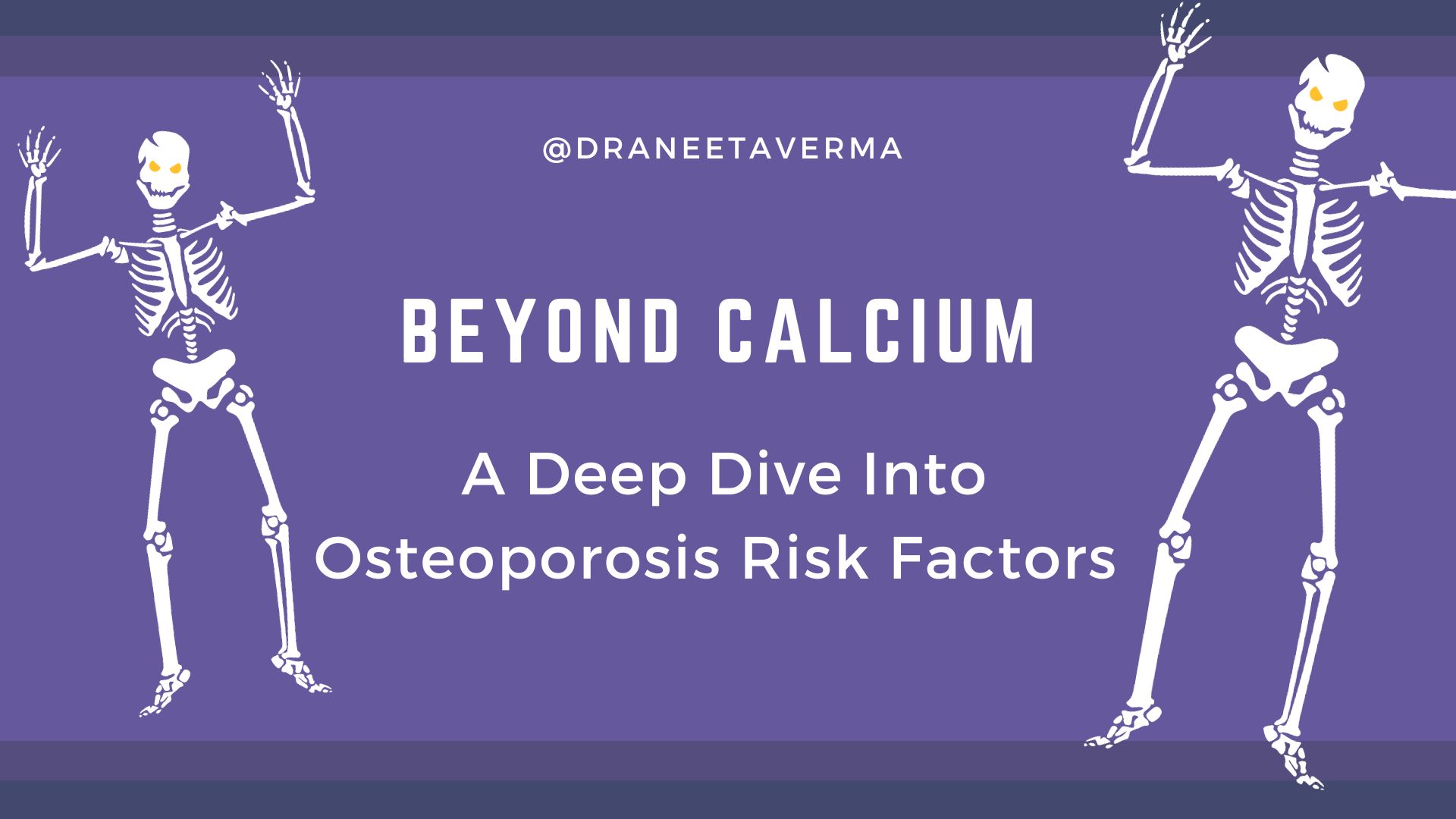+918048051883

This is your website preview.
Currently it only shows your basic business info. Start adding relevant business details such as description, images and products or services to gain your customers attention by using Boost 360 android app / iOS App / web portal.
Osteoporosis is a condition characterized by we...

Osteoporosis is a condition characterized by weak and brittle bones, making them more susceptible to fractures and breaks. Several factors contribute to the development of osteoporosis, and understanding these risk factors is essential for prevention and management. Here are some key risk factors associated with osteoporosis: Age: The risk of osteoporosis increases with age. Bones naturally become less dense and more fragile as people get older. Gender: Women are at a higher risk of developing osteoporosis than men. This is especially true for postmenopausal women due to a decline in estrogen, a hormone that helps protect bone density. Hormonal Changes: Hormonal changes, such as those that occur during menopause in women, can lead to a decrease in bone density. Family History: A family history of osteoporosis or fractures may increase an individual's risk. Genetic factors can influence bone density and susceptibility to fractures. Body Weight and Body Composition: Low body weight or a small body frame is associated with a higher risk of osteoporosis. People with less body weight may have lower bone mass. Dietary Factors: Inadequate intake of calcium and vitamin D can contribute to the development of osteoporosis. These nutrients are essential for maintaining bone health. Physical Inactivity: Lack of weight-bearing exercise, such as walking or resistance training, can lead to bone loss. Physical activity helps stimulate bone formation and strengthens bones. Smoking: Smoking has been linked to lower bone density and an increased risk of fractures. It can also interfere with the body's ability to absorb calcium. Excessive Alcohol Consumption: Chronic and excessive alcohol intake can contribute to bone loss and increase the risk of fractures. Certain Medications: Long-term use of certain medications, such as corticosteroids and some anticonvulsants, can lead to bone loss. Medical Conditions: Certain medical conditions, such as rheumatoid arthritis, celiac disease, and hormonal disorders, can increase the risk of osteoporosis. Low Estrogen Levels in Men: In men, low levels of estrogen, often associated with aging or certain medical conditions, can contribute to bone loss. Previous Fractures: Having a history of fractures, especially after minimal trauma, may indicate reduced bone density and an increased risk of future fractures. It's important to note that while these factors contribute to the risk of osteoporosis, they do not guarantee the development of the condition. Many cases of osteoporosis can be prevented or managed through lifestyle modifications, proper nutrition, and, in some cases, medication. If you have concerns about osteoporosis or its risk factors, it's advisable to consult with a healthcare professional who can assess your individual risk and provide appropriate guidance. To Join our customised Healthcare programs visit our services : https://www.draneetaverma.com/all-services/1

